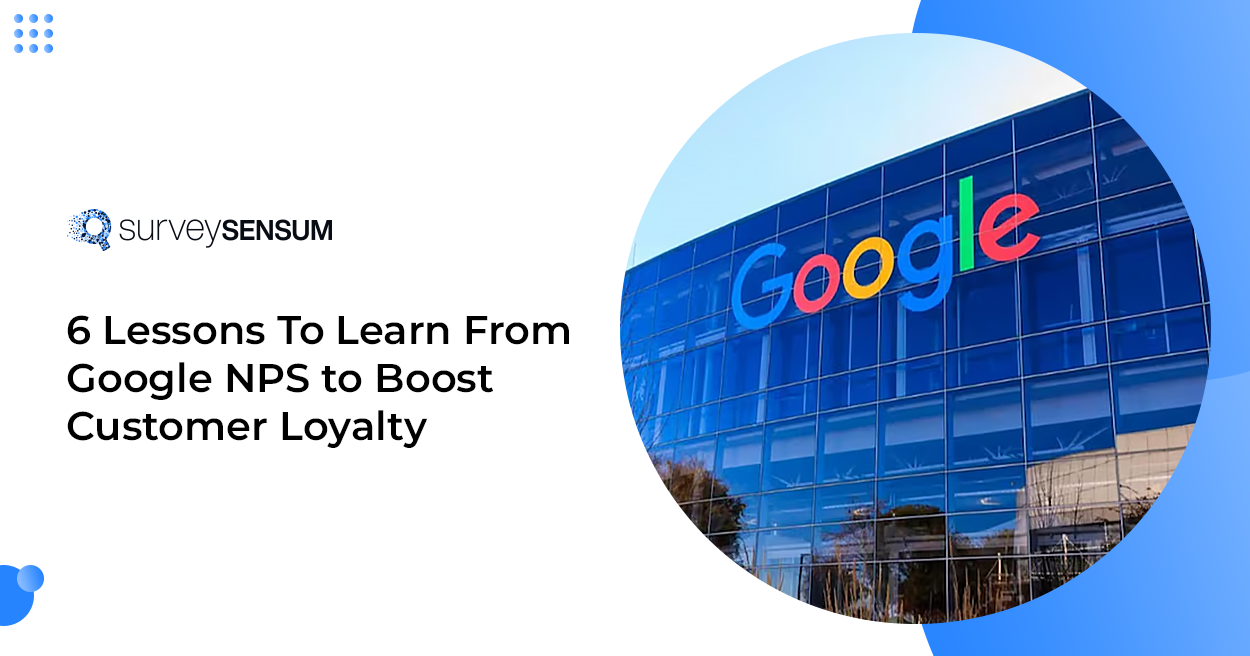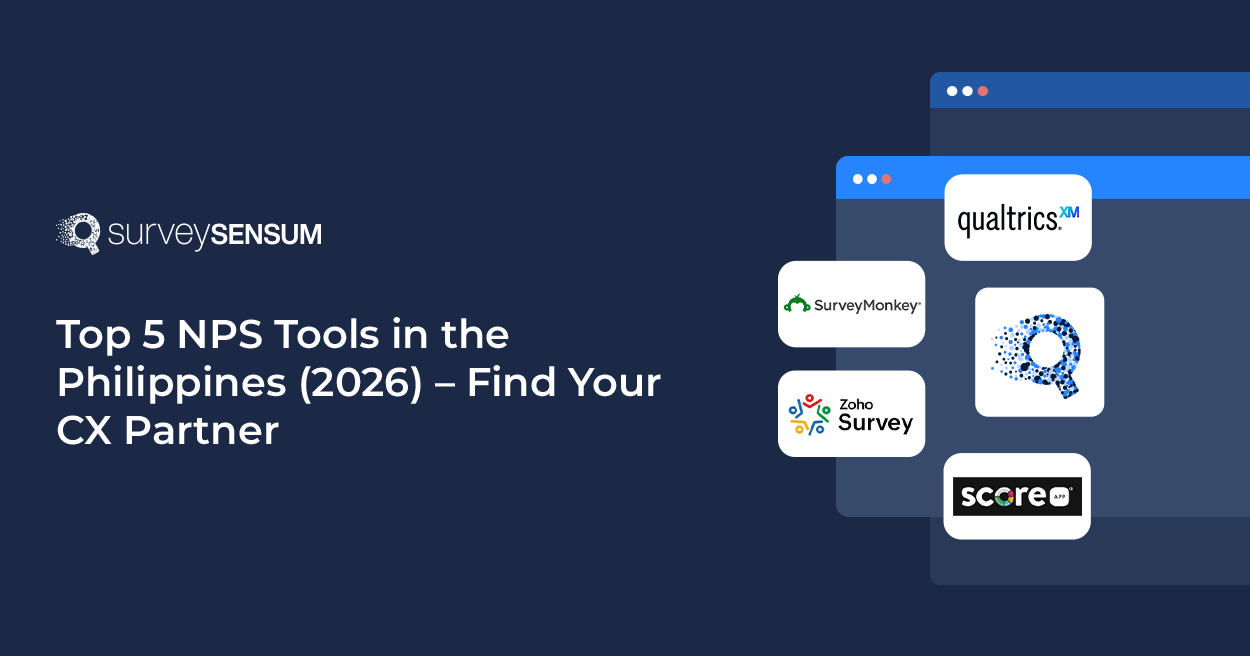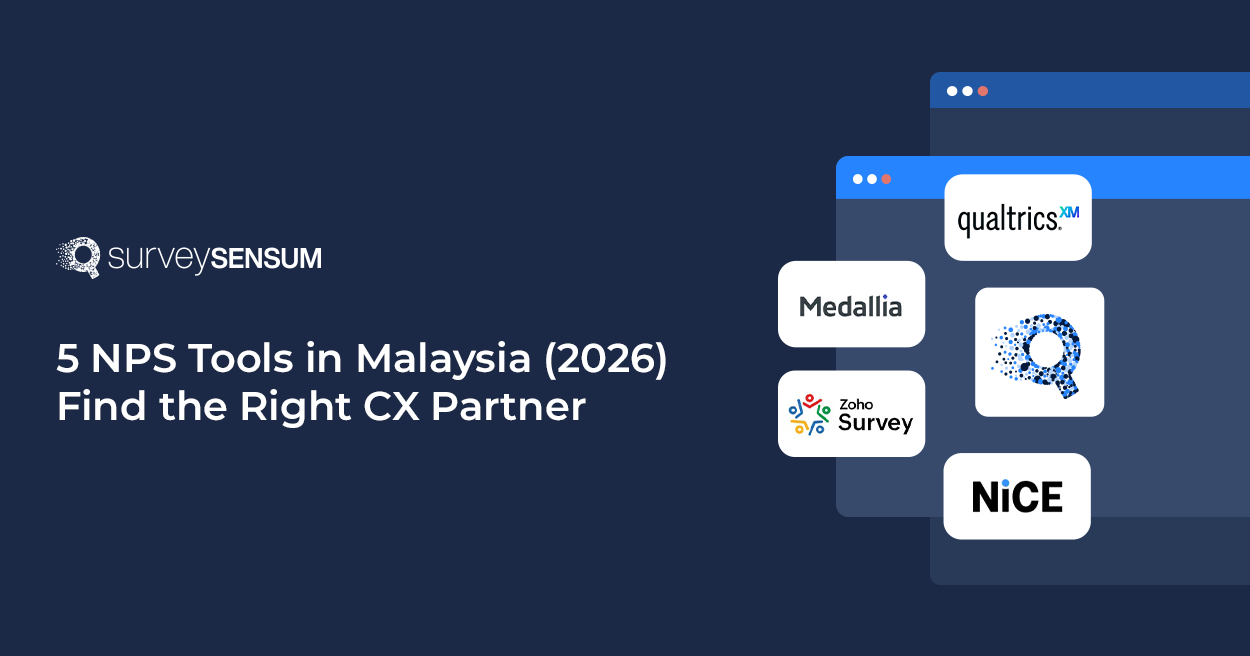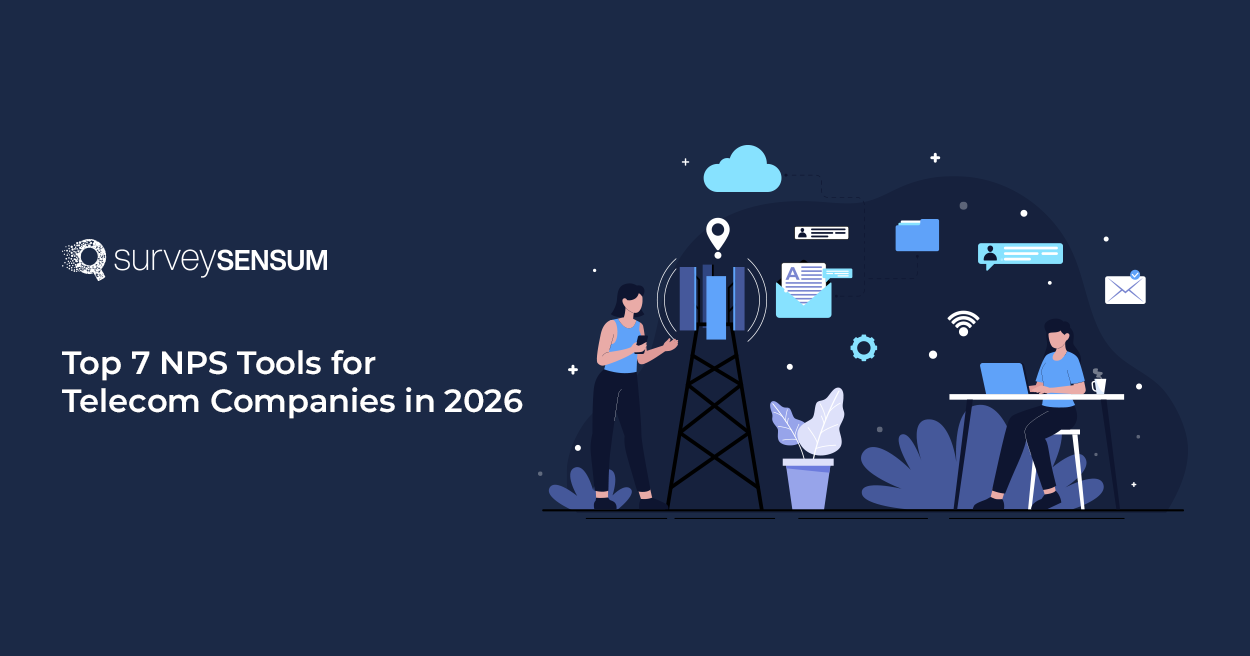

Did you know that Google has more than 3 billion active users, accounting for about 91.54% of the global search engine market? And this huge loyal customer base helped Google achieve revenue of 305.6 billion dollars and helped Alphabet, Google’s parent company become the second largest internet company worldwide.
Not just that, about 92.07% of internet users use Google as their primary search engine. Whether you want to buy something at the lowest rate possible or to plan your itinerary for your next trip, you always go to Google.
Now, how do you think Google achieved this kind of customer loyalty? Let’s find out!
Key Drivers Behind Google NPS Score
Google currently has an NPS score of 58 which can be considered a good NPS score when compared to the industry average of 61.
And here are the top drivers of Google NPS.
1. Simple Products and Services

Almost everyone knows and uses Google products which is why it has over 3 billion active users worldwide. And the reason for Google’s popularity is its simplicity. All of Google’s products are intuitive and user-friendly – from the clean interface of Google Chrome to the simple design of Gmail, simplicity is at the core of all the products.
For example, you can set up a new email ID in just under 5 minutes, create meeting links with your team on Google Meetup, upload and organize your folders and files in Google Drive, and even create a simple survey form with Google Forms.
2. Free To Join
The significant advantage of using Google products and services is that they are free to join and use. Services like Google Search, Gmail, Google Drive, and Google Photos offer robust functionality without any cost to the user. This accessibility removes barriers to entry, allowing a broad audience to use and benefit from Google’s products. The value provided at no cost boosts user satisfaction and loyalty, contributing positively to NPS.
3. Centralized Ecosystem

Google products and services have a centralized ecosystem, and all the services are seamlessly integrated. For example, Google Drive is interconnected with Google Docs, Sheets, and Slides, while Google Photos syncs effortlessly with Google Drive. This seamless integration and synchronization simplifies tasks for users, allowing them to switch between services effortlessly.
4. Constantly Innovates – Gemini
Seen the latest addition to Google Chrome’s AI-driven chatbot, Gemini?
Innovation is the hallmark of Google’s vision. The company continually updates and improves its products, introducing new features and capabilities that enhance the user experience. Whether it’s about launching new Google Pixel products with enhanced features, or launching its own version of ChatGPT, Gemini, or constantly adding new features to its already existing workspace to create a more streamlined customer experience, Google is constantly evolving. These constant improvements and additions enable Google to meet its customers’ expectations and also keep its customers engaged and take advantage of the latest technology.
5. Employee Engagement

Google has yet again been ranked by LinkedIn as one of the top 10 companies to work at in 2024. Not only that Google currently has a rating of 4.3 based on 55k+ reviews and 83% of them would recommend Google as a place to work to their friends and family.
Why do you think Google has such numbers when it comes to employee engagement? Simple, because it pays attention to its employees.
One of the major contributions towards this high engagement rate is Google allows its employees to be creative and have a mind of their own. It encourages their engineers to spend 20% of their work week on projects that interest them. Employees are encouraged to send direct emails to the company’s top executives to discuss any innovative ideas. It also has many fun interventions like Google Cafes, FixIts 24-hour sprints, TGIF, etc to stimulate healthy conversations among employees and to bounce ideas among each other.
Don’t forget about your employees. Launch employee satisfaction surveys like Pulse surveys, 360-degree feedback surveys, etc to understand and meet your employee’s needs and expectations.
6. Closing the Loop

Being one of the top companies in the IT sector and the inventor of many automated solutions, it should come as no surprise that Google is ahead in the game of using AI to close the feedback loop with its customers.
Google has implemented a completely automated system for its customer service. A customer query process starts at Google Help, where they can select the Google product they are having issues with. Then, with the help of the internal search engine, the customer can either search for their issues and select one of the automatically populated topics or look at more results for a unique query. For more complex queries, the issues are automatically forwarded to the customer service team who then reach out to the customer and solve their issues in the prescribed time period.
Meanwhile, G-suite subscribers can skip the Google Help option and directly reach customer service via email, chat, phone support, etc, providing an excellent example of omnichannel customer service.
→ Read more on the Verizon NPS.
Conclusion
The combination of easy-to-use simple products, an integrated system for a seamless experience, continuous innovation, high employee engagement, and an effective closed-loop mechanism creates a compelling value proposition for users. These factors come together to drive Google’s high NPS score and deliver a positive, reliable, and consistent user experience.
Now, if you feel inspired by Google’s NPS score and want to achieve a similar feat, then you need to launch your own NPS program with an effective NPS software like SurveySensum. This tool helps you launch, gather, and analyze your NPS feedback to extract actionable insights and take prioritized action based on its impact on the bottom line.

















